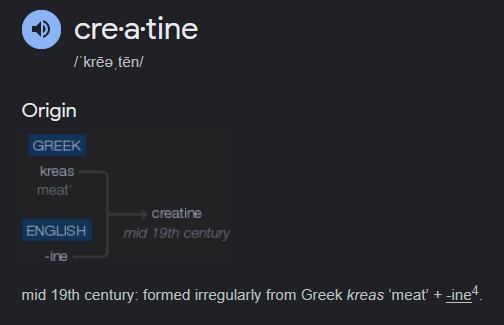Organisms might like reproducing, but genes sure yearn to die
by SQCU
Have humans been chemically leashed by cows? I don’t think so. But there are some beguiling suggestions that there is a greater rivalry between cow and man than ordinary intuition would supply. Specifically, I believe we can find evidence of a dialogue between organisms (in cows and the humans who eat them) where genes yearn to die, eliminating themselves as fast as they possibly can, instead of reproducing.
We might think of an ideal organism as being made of nothing but bodily features which effect the organism’s will. (the reader may substitute ‘execution of adaptation’ for will if it is more comfortable). And we might think of those bodily features as being made of nothing but expressions of that organism’s genes. And we might even think of that organism’s genes as expressions of nothing but interactions between organismic identities like ‘ancestors’, molecular engines like ‘ribosomes’, and narrative forces like ‘evolution’ or ‘fitness’.
These readings of biology are quite successful at describing broad stretches of the world. I certainly would not argue that they paint a misleading picture of the world at large. However, there are some mysteries about creatine which demand exploration.
The first is that creatine is quite important. Our muscles are suffused with the stuff, and so are the muscles of most of our spinal peers (organisms that are also enjoying the experience of having a spine 😤). In fact, there is such a preponderance of the specific material inside of our muscles in particular, and bodies in general, that the origin of creatine’s name as used here is literally ‘meat-ine’.

Everywhere we find this molecule, we find it being actively used and consumed. Our muscles use it as they twitch and quiver. Our nerve tissues draw from it as they make tiny, wet sparks. Our infants draw down tiny reserves of the molecule as they form their brains, and suffer tragic maladies if those reserves are inadequate. Movements need it, thoughts need it, entire organisms need it to come into being. Creatine is not some kind of optional metabolite.
So it should come as a substantial surprise that humans never have enough of it! The human organism never synthesizes as much creatine as their organs will suction out of their body’s supply. Creatine has genetic pathways which afford the scavenging of the molecule from its metabolic derivatives, but these genetic pathways turn themselves on only in situations of extreme duress and metabolic starvation. Not whenever we would like to think especially hard or run especially fast.

This should not match our expectations. Creatine is a not some enormous and fiddly structure which is built by a towering pile of cells who all act together as an organ or organism. Creatine is consumed within cells by mechanisms which provide energy for those particular cells. And creatine is built by individual genes, who request the creation of certain enzymes, which then make the stuff in question.
If we had even the slightest tendency towards satisfying our creatinic needs, proliferating our creatine-proximate RNA, or maximizing the longevity of the supporting genetic complex, we would not see this behavior. We would expect the duplication of genes which trigger creatine-creating enzymes, or the inhibition transcription factors slowing the creatine-synthesizing genes. We might even see the invention of new transcription factors that more eagerly trigger our creatine-synthesizing genes.
Instead, the picture we’ve drawn of the human creatine system is that of a gene complex which has just about packed up and left the body entirely. Genes go unused, creatine-synthesizing enzymes are but distant dreams in the fond memories of the genome, and the molecule itself appears to arrive in the cell by coincidence alone.
The human organism can be neatly (and correctly!) abstracted to a leaky pump that sucks up an assumed surplus of creatine from their environment. This leaky pump is perpetually dripping and weeping a dynamic volume of creatine byproducts (urea, creatinine) that increases with cognitive and physical labor. The feed supplying this pump only synthesizes a constant flow of the molecule, no matter the rate of clearance or availability of amino acids convertible to creatine.
Put another way, creatine in humans is not a self-regenerating or autopoietic system, at least when we consider the human body all by itself. The human organism, in fact, depends on, expects for, or predicts a level of creatine which is no longer generated by the human’s body. Humans live, grow, and prosper despite this deficit of creatines and deficit of genes-causing creatine, as if living an ecology, where, from the perspective of the human’s genes, creatine is ready-at-hand. As if creatine grows on trees, flows freely through the air, and fills the grass on the ground around us.
Which leads us to part II, which gets to the chemical leashes and the cows…